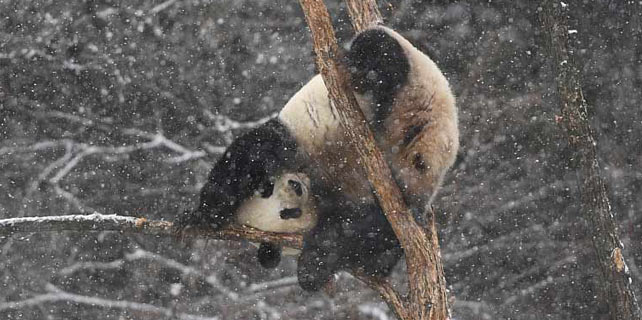Scientists get to root of pumpkin evolution
LOS ANGELES - Scientists in China and the United States have sequenced the genomes of two important pumpkin species.
Once deciphered, the sequences will form an important resource for further research and breeding of Cucurbita maxima and Cucurbita moschata.
The work by scientists at the Boyce Thompson Institute in the US and the National Engineering Research Center for Vegetables in China was detailed in a study published in the current issue of Molecular Plant, which highlights the work on its cover.
More than two-thirds of the world's pumpkins, squash and gourds are produced in Asia. Pumpkins are a big part of the diet in developing countries and appreciated all over the world for their taste and appearance.
Therefore, it's important to know more about the commercially important pumpkin species to optimize their cultivation, scientists said.
While the ultimate goal for genome sequencing is to be able to link specific genes to the traits they control, the pumpkin sequencing results also revealed an interesting evolutionary history for Cucurbita species, according to the study.
"The high-quality pumpkin genome sequences will lead to more efficient dissection of the genetics underlying important agronomic traits, thus accelerating the breeding process for pumpkin improvement," Zhangjun Fei, associate professor at BTI, Cornell adjunct associate professor of plant pathology and a senior author of the paper, was quoted as saying in a news release.
The researchers sequenced the two different pumpkin species to better understand their contrasting desirable traits: Cucurbita moschata is known for its resistance to disease and other stresses, such as extreme temperatures, while Cucurbita maxima is better known for its fruit quality and nutrition.
Interestingly, the ancient Cucurbita allotetraploid lost its duplicated genes randomly from both of the contributing diploids.
Furthermore, the ancestral chromosome remained largely intact, leaving the modern pumpkin with two subgenomes representing the ancient species that contributed to the paleotetraploid.
Xinhua
















